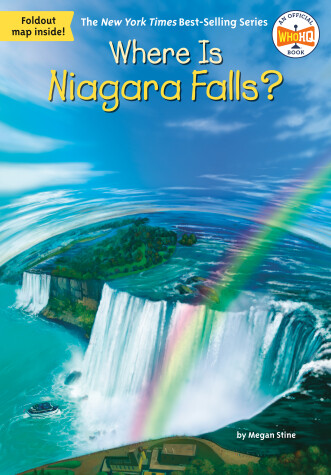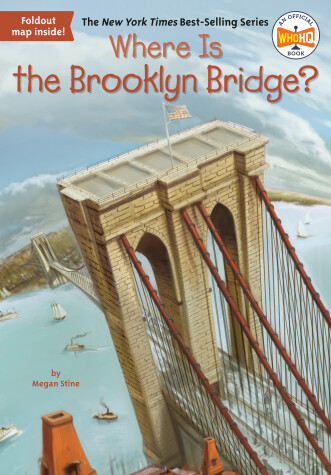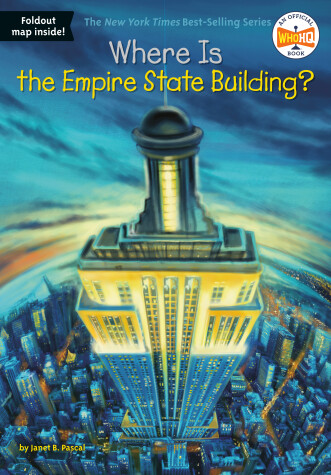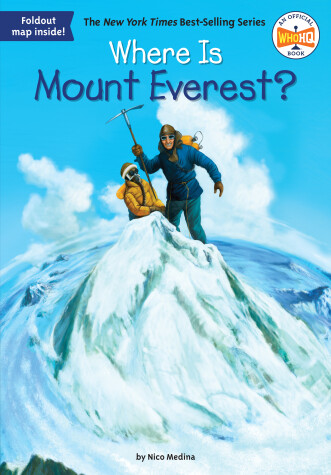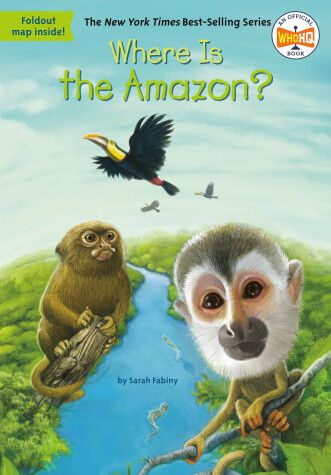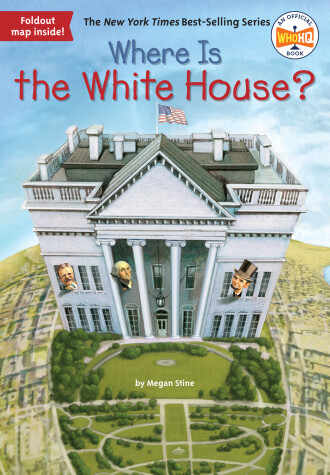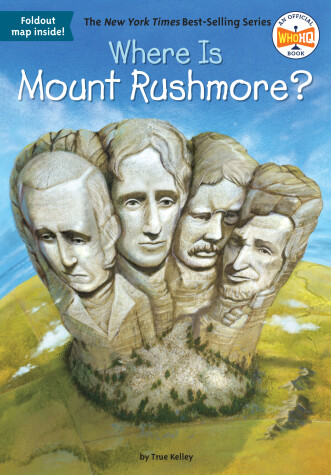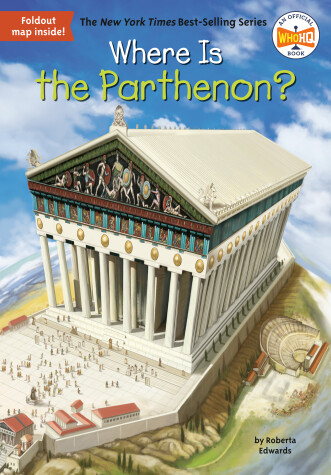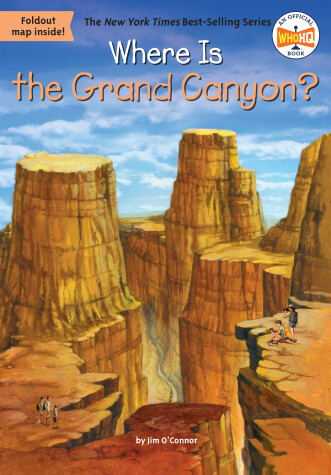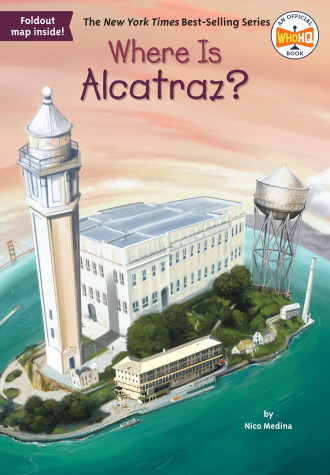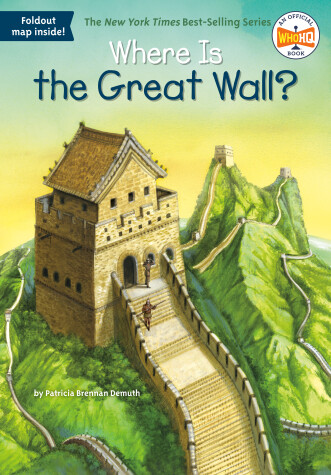Where Is?
12 total works
Building the Brooklyn Bridge was no simple feat. Despite a brilliant plan from a father-son team of engineers, the process was a dangerous and grueling one. Construction workers developed a mysterious illness (now known as the bends), several died, and the project had devastating effects on the engineers' lives. Still, after fourteen years, the Brooklyn Bridge was finished and became the longest suspension bridge in the world at the time and is still widely admired today. Megan Stine tells the fascinating story behind one of the city's best-loved landmarks. Includes black-and-white illustrations and a foldout color map!
Human beings have inhabited the banks of the Amazon River since 13,000 BC and yet they make up just a small percentage of the "population" of this geographic wonderland. The Amazon River basin teems with life—animal and plant alike. It's a rainforest that is home to an estimated 390 billion individual trees, 2.5 million species of insects, and hundreds of amazing creatures and plants that can either cure diseases, or, like the poison dart frog, kill with a single touch. Where Is the Amazon? reveals the amazing scale of a single rainforest that we are still trying to understand today and that, in many ways, supports our existence on this planet.
Athens, Greece, is best known for the Parthenon, the ruins of an ancient temple completed in 438 BC to honor the goddess Athena. But what many people don't know is that it only served as a temple for a couple hundred years. It then became a church, then a mosque, and by the end of the 1600s served as a storehouse for munitions. When an enemy army fired hundreds of cannon balls at the Acropolis, one directly hit the Parthenon. Much of the sculpture was destroyed, three hundred people died, and the site fell into ruin. Today, visitors continue to flock to this world famous landmark, which has become a symbol for Ancient Greece, democracy, and modern civilization. Includes black-and-white illustrations and a foldout color map!
The island of Alcatraz has always been a place that's fascinated visitors, from the Native American tribes who believed it was home to evil spirits to the Spanish explorers who discovered the island. In modern times, it was a federal prison for only 29 years, but now draws over a million visitors each year. Learn the history of America's most famous prison, from its initial construction as a fort in the 1800s, to its most famous residents such as Al Capone and "Machine Gun" Kelly. Where Is Alcatraz? also chronicles some of the most exciting escape attempts—even one that involved chipping through stone with spoons and constructing rafts out of raincoats!

